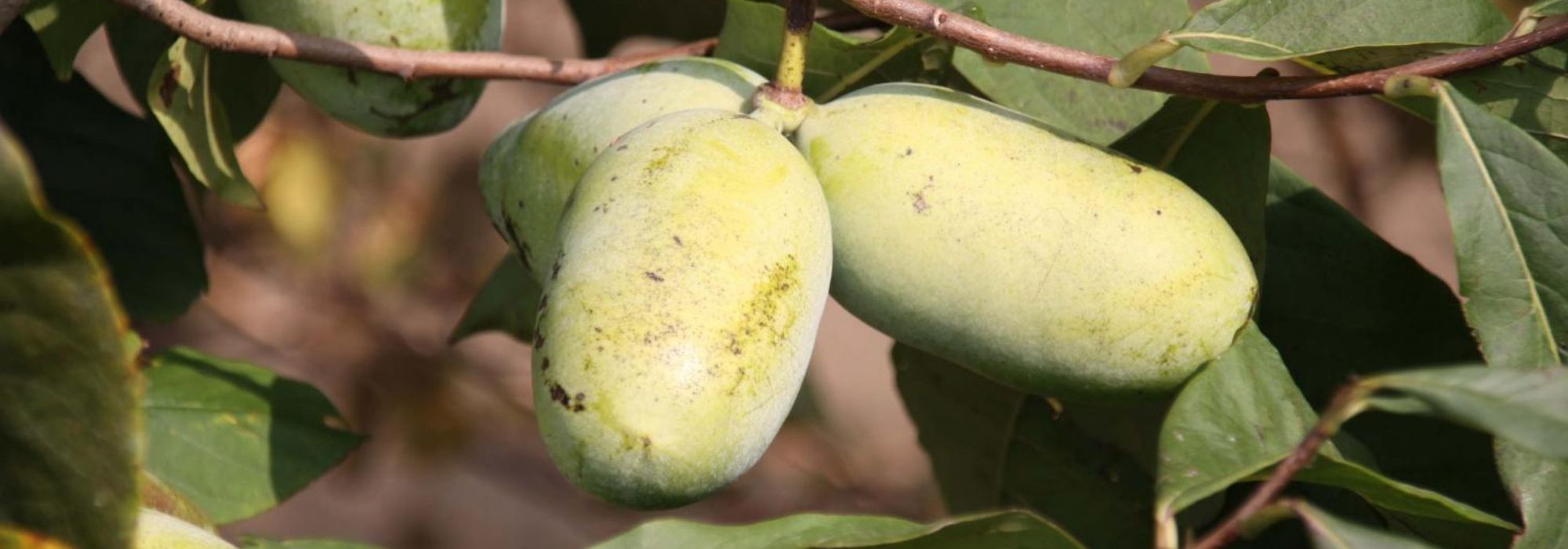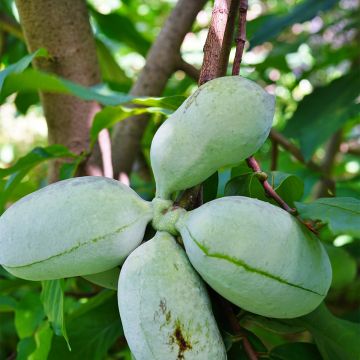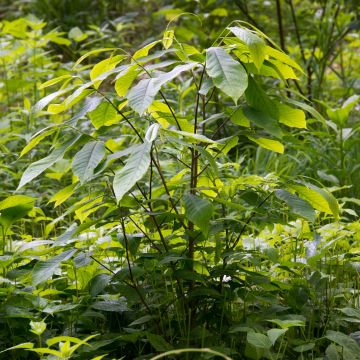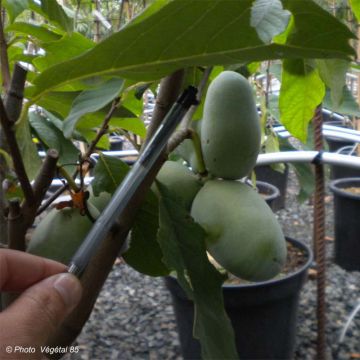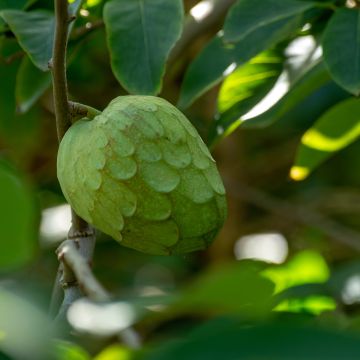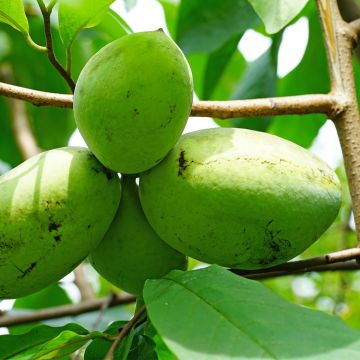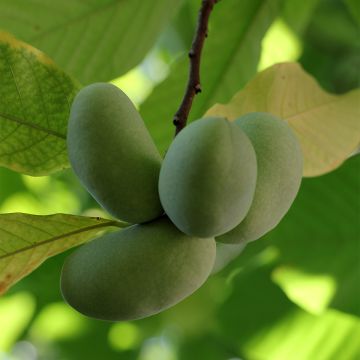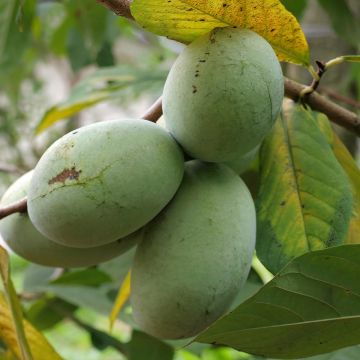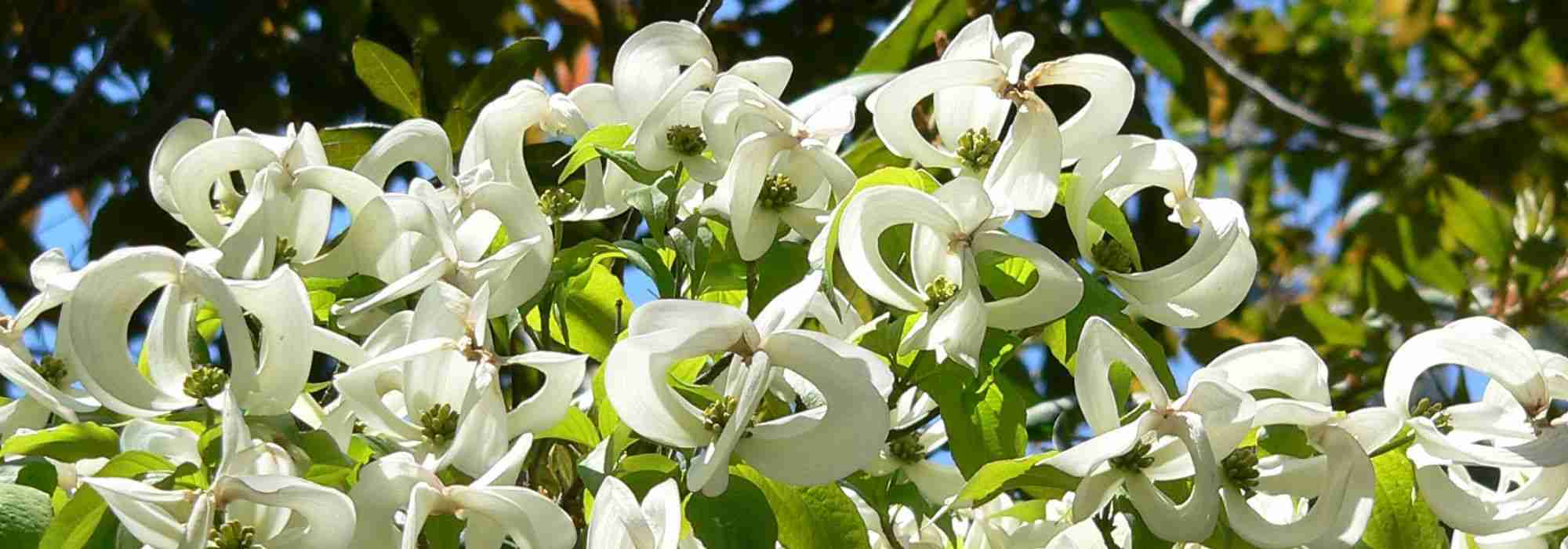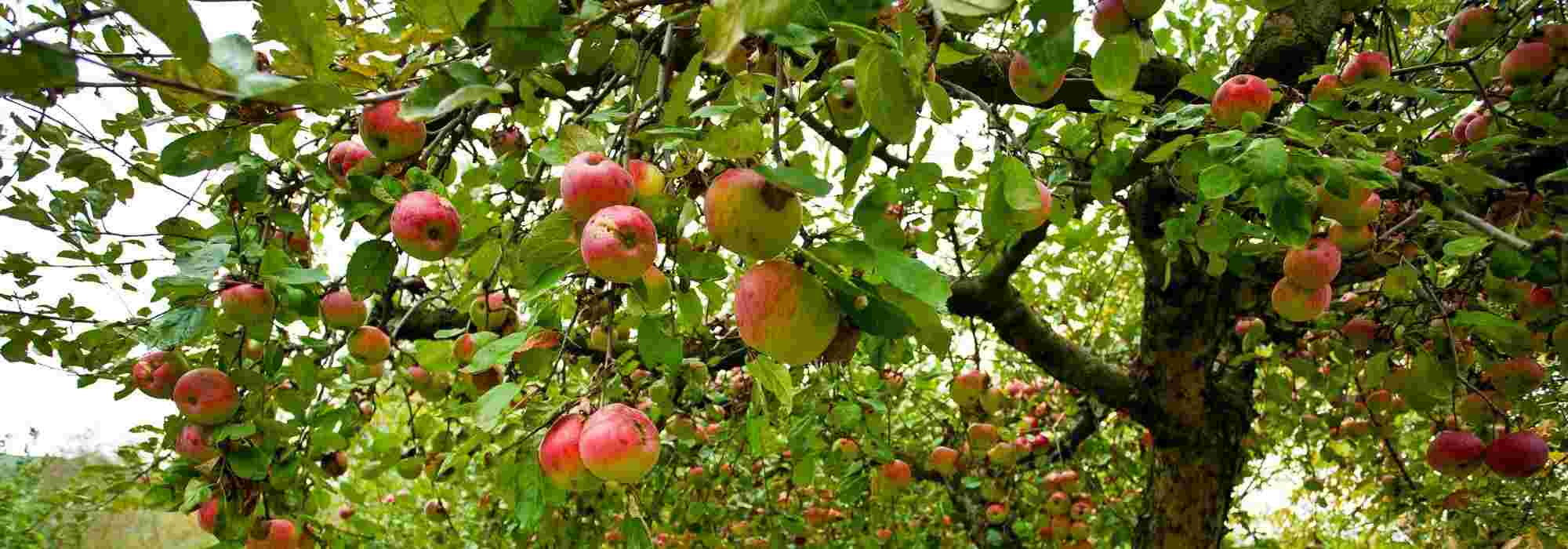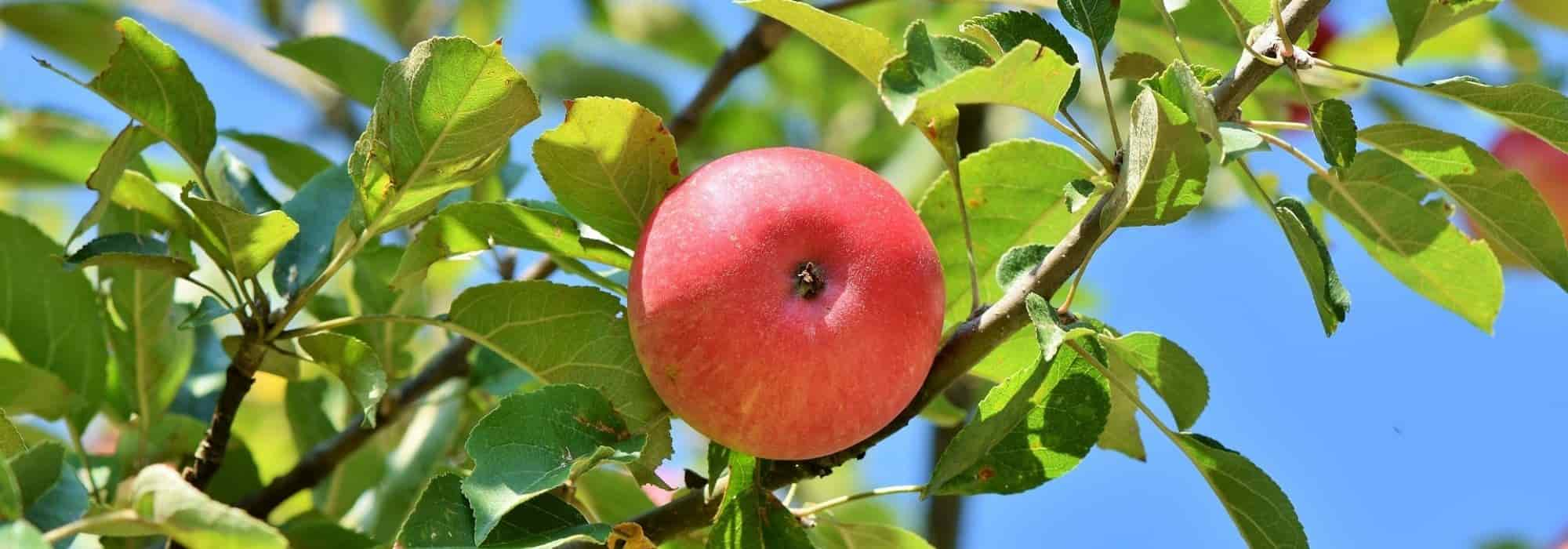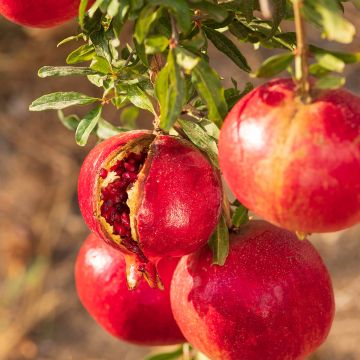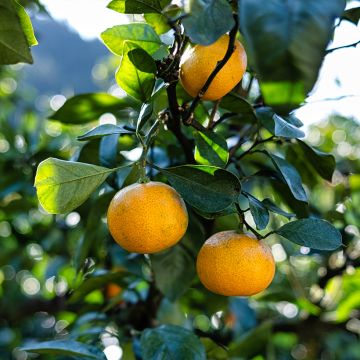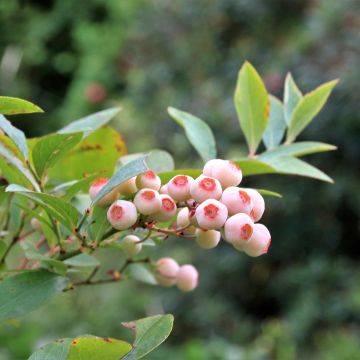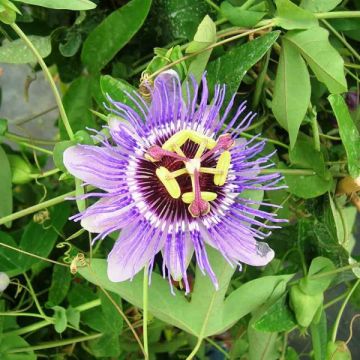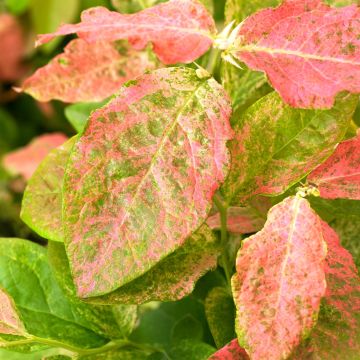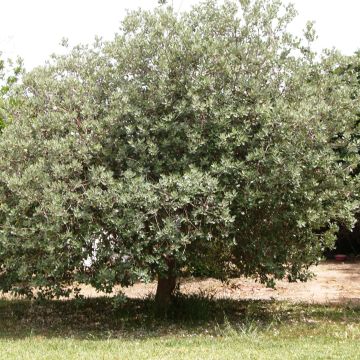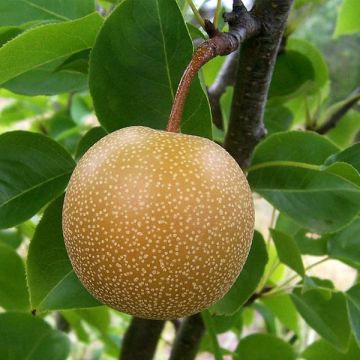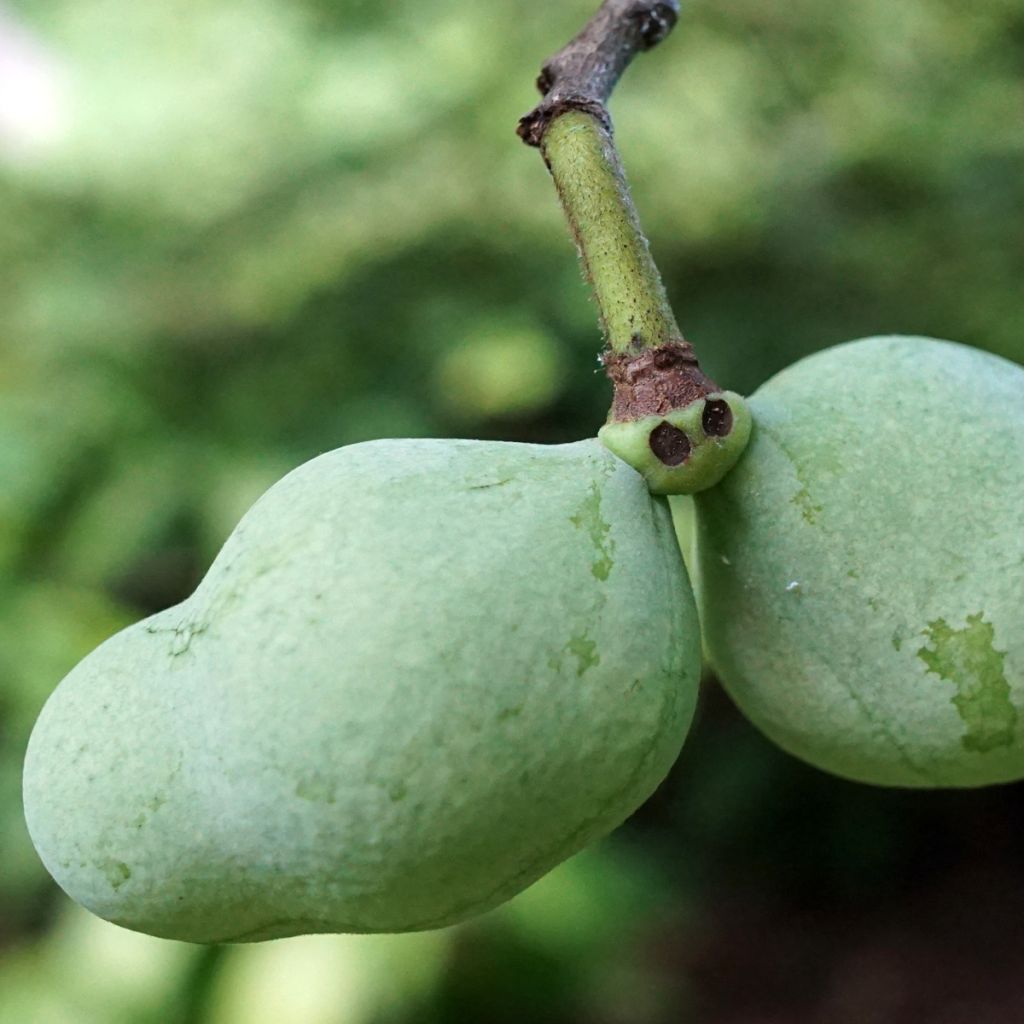

Asimina triloba Overleese - Pawpaw
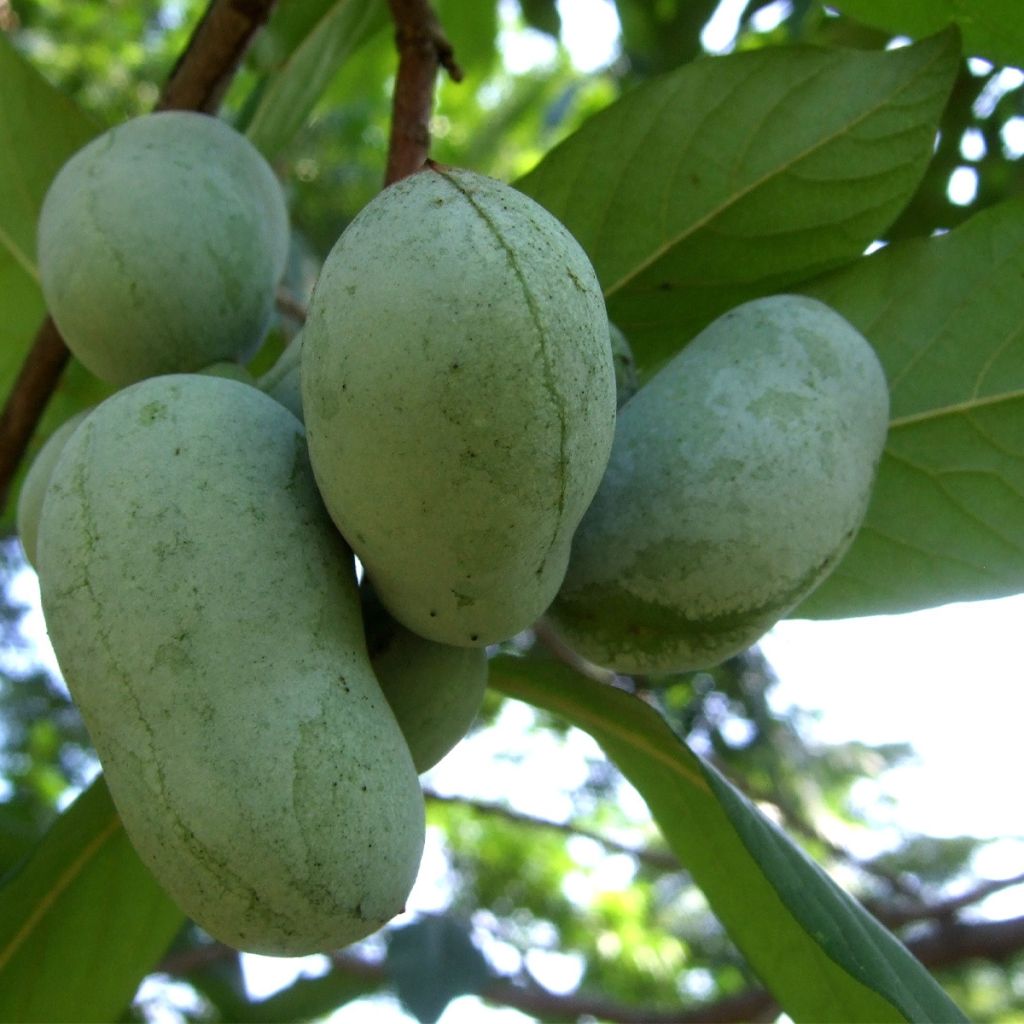

Asimina triloba Overleese - Pawpaw
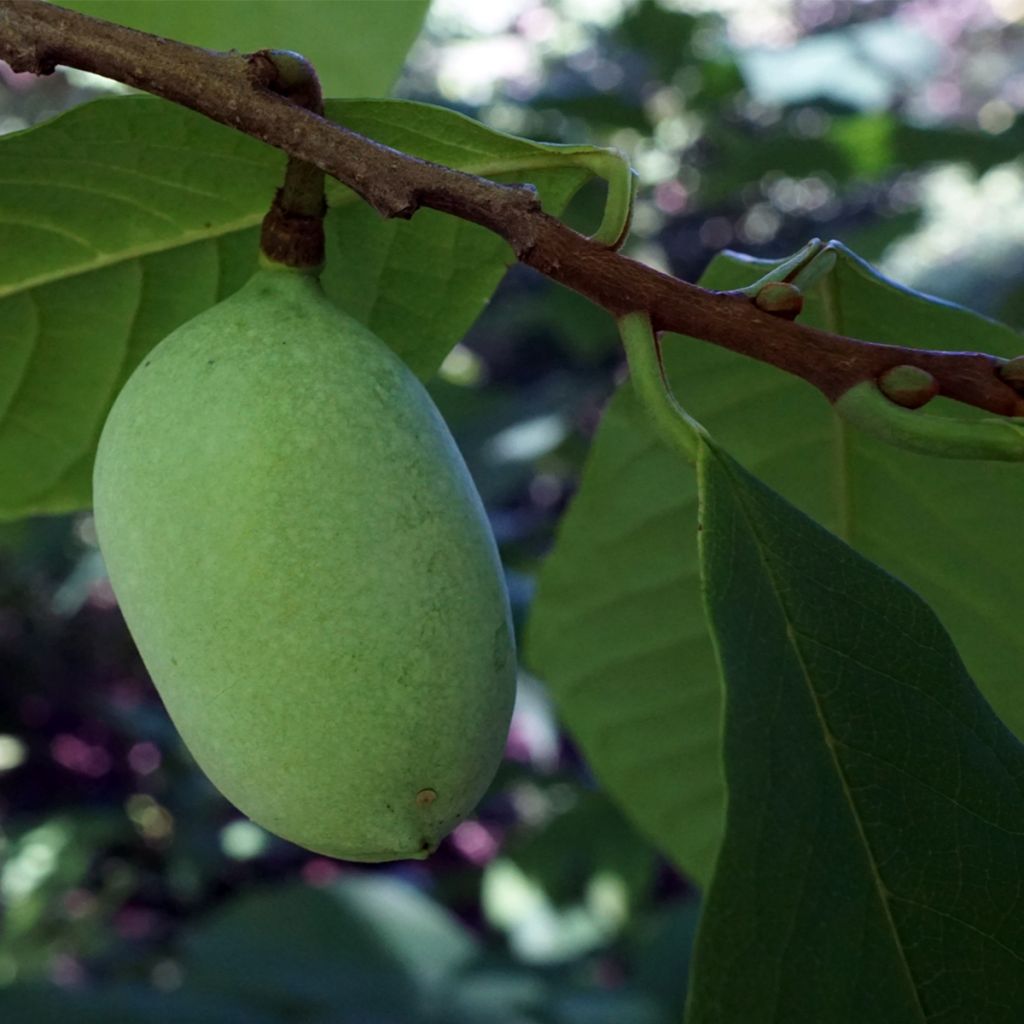

Asimina triloba Overleese - Pawpaw
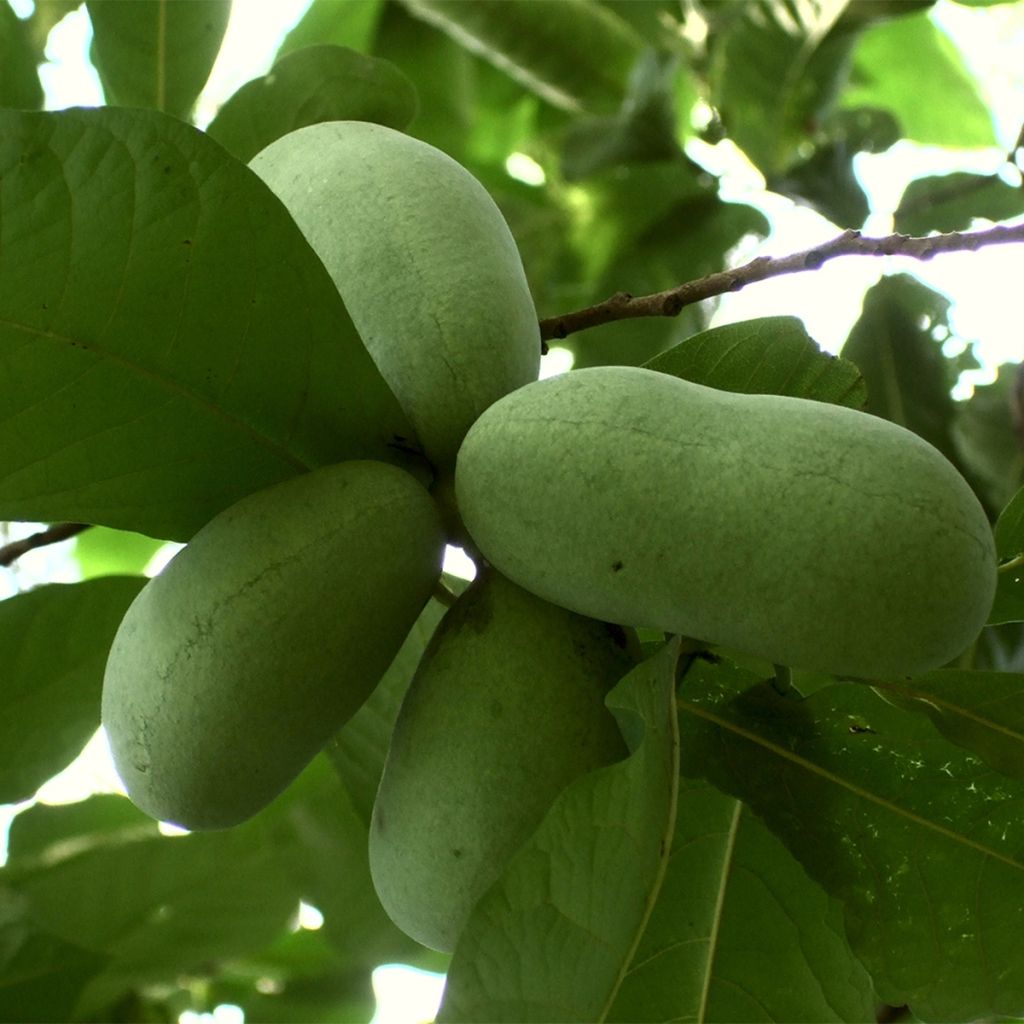

Asimina triloba Overleese - Pawpaw
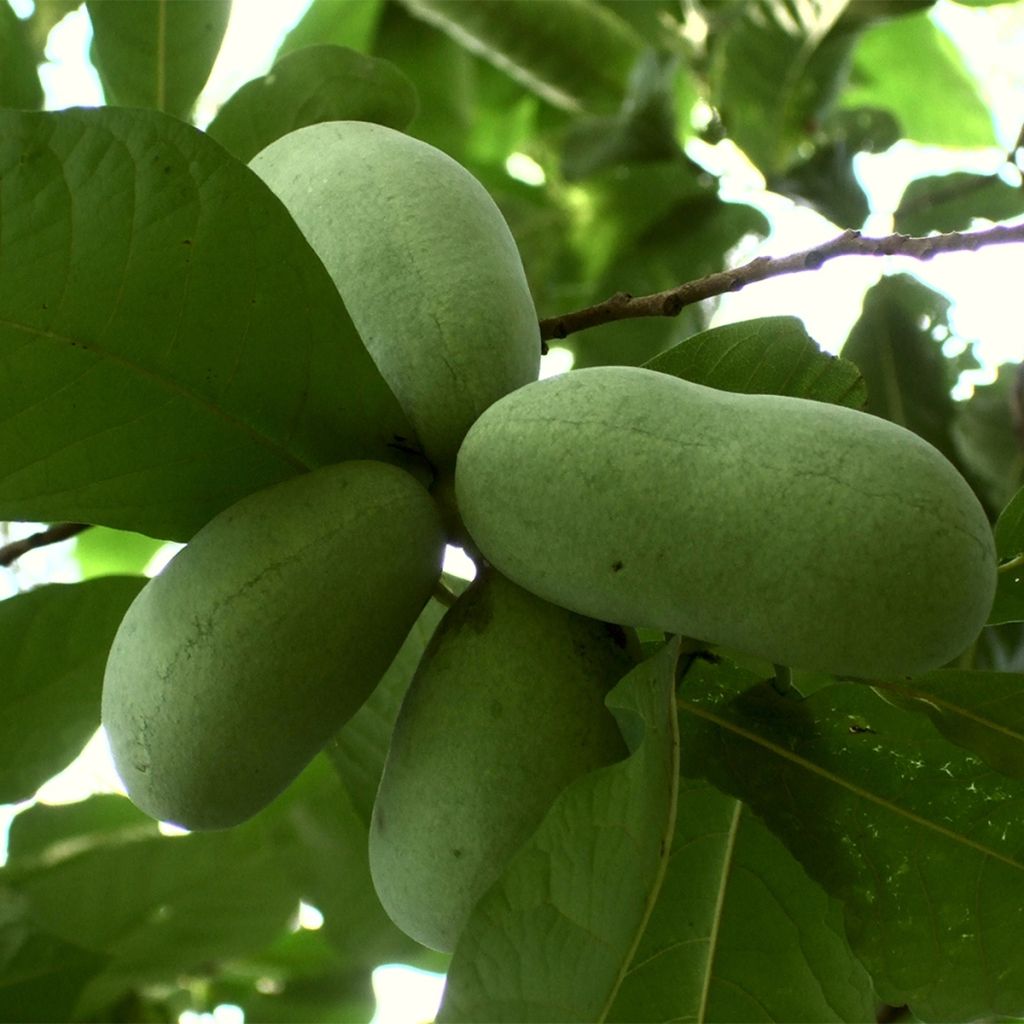

Asimina triloba Overleese - Pawpaw
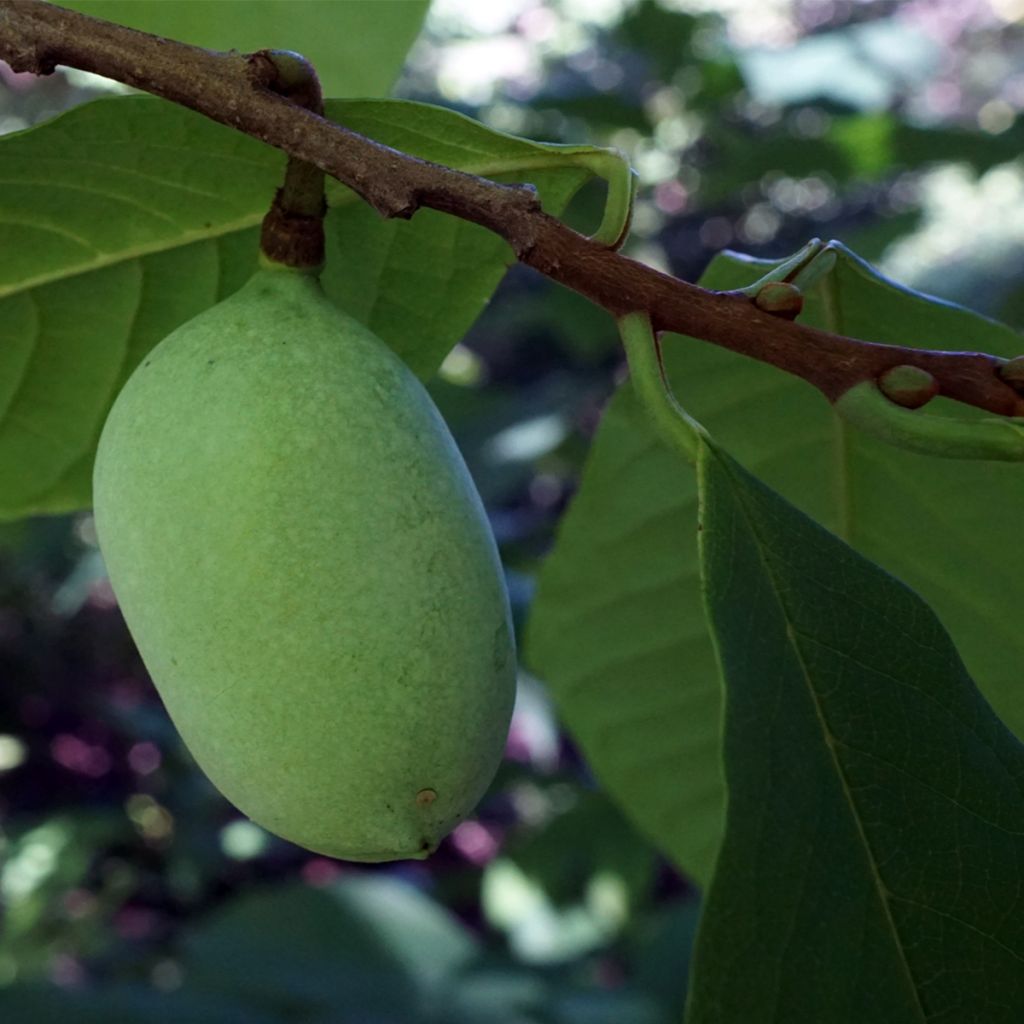

Asimina triloba Overleese - Pawpaw
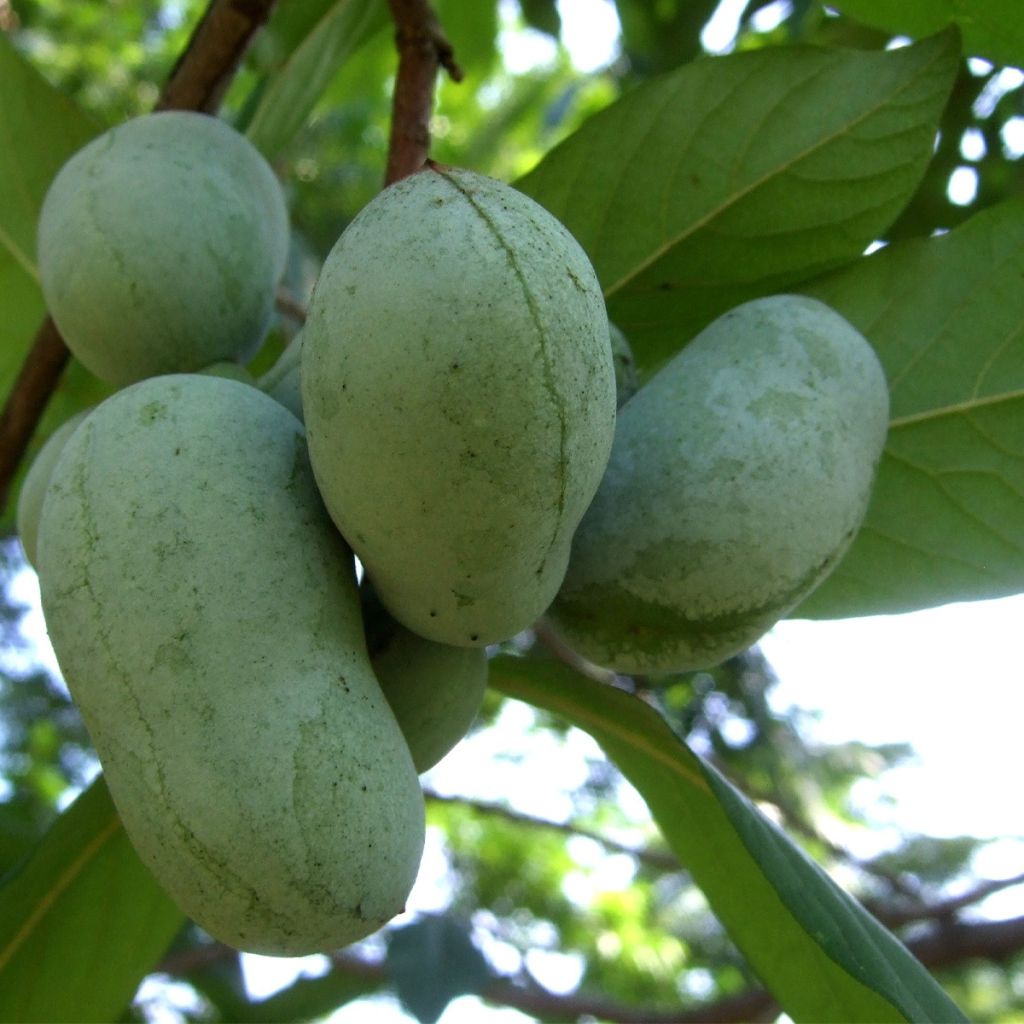

Asimina triloba Overleese - Pawpaw
Asimina triloba Overleese - Pawpaw
Asimina triloba Overlese
Pawpaw, Paw Paw, Paw-Paw, Common Pawpaw, Indiana Banana, American Custard Apple
La commande est bien arrivée, paquet super bien fait, j'ai vite mis la plante en terre, à coté de son frère, et maintenant j'attends.
Danielle, 25/02/2022
Special offer!
Receive a €20 voucher for any order over €90 (excluding delivery costs, credit notes, and plastic-free options)!
1- Add your favorite plants to your cart.
2- Once you have reached €90, confirm your order (you can even choose the delivery date!).
3- As soon as your order is shipped, you will receive an email containing your voucher code, valid for 3 months (90 days).
Your voucher is unique and can only be used once, for any order with a minimum value of €20, excluding delivery costs.
Can be combined with other current offers, non-divisible and non-refundable.
Home or relay delivery (depending on size and destination)
Schedule delivery date,
and select date in basket
This plant carries a 6 months recovery warranty
More information
We guarantee the quality of our plants for a full growing cycle, and will replace at our expense any plant that fails to recover under normal climatic and planting conditions.
Description
The Asimina triloba 'Overleese' is a small fruit tree with an exotic appearance that produces fruits resembling mangoes, with their green skin. They appear in September and October and have a sweet taste reminiscent of mangoes and bananas. Its slow growth and small size make it suitable for planting in any garden, even small ones. Fairly easy to cultivate, it thrives in neutral to acidic soil, not too dry in summer, and preferably in full sun.
The pawpaw tree is the only representative of the tropical Annonaceae family in temperate climates. Nine species are found in the United States, with Asimina triloba being the hardiest of all (extending as far south as Canada).
It is a small tree that grows slowly, with a well-branched and bushy appearance, reaching a height of 4 to 5 meters (13 to 16 feet) and a width of 2.50 to 3 meters (8 to 10 feet) over time. Its foliage is generally ovate or even pyramidal, on a relatively short trunk, sometimes even branching from the ground, giving it more the appearance of a large bush than a tree.
Asimina triloba 'Overleese' is a fairly old variety, selected in 1950 in the United States. It should be noted that the more recent variety Shenandoah is derived from a seedling of Overleese. Overleese produces an abundance of medium-sized fruits, weighing 250 to 300 grams, appearing either individually or in small groups of 3 to 5 on the previous year's branches. The fruits have a very tasty yellow pulp and contain few seeds. They appear in September and are usually ready to be harvested in October. Since this variety is not self-fertile, it is necessary to plant another variety of pawpaw tree nearby to allow for pollination and fruit production.
The nickname "northern mango" for the pawpaw tree comes from the evocative shape of the fruits, whose skin remains green when ripe, while the sweet flesh resembles the taste of mangoes and bananas (which is why it is sometimes also marketed as Indian banana or poor man's banana).
The fruits contain about ten large black seeds and should be harvested when the flesh becomes tender. They should be picked without force, and can even be collected from the ground. Afterwards, they should be consumed quickly (they only keep for a few days at room temperature) or stored in the fridge (for a maximum of 2 weeks).
With its delicious taste, the pawpaw tree also has high nutritional value (it is particularly rich in vitamins A and C). Americans consume it fresh or use it to make juice, sorbet, cakes, etc.
The large, narrow, single leaves, about 25 cm (10in) long, lazily hang towards the ground, giving it a characteristic appearance reminiscent of tropical areas. In autumn, they turn a bright yellow colour, which adds to the pawpaw tree's beauty. Its flowers, with 6 petals, form bell-shaped structures of a beautiful burgundy-purple colour in April-May. However, their modest size (3-4 cm (1-2in)) and their often isolated distribution on the branches offer limited attraction. They appear on old branches.
This variety can reach a height of 5 meters (16 feet) and a width of about 3 meters (10 feet), forming a small tree with an exotic appearance. It grows slowly and, although it can tolerate drought, it appreciates humidity for optimal growth. Therefore, it is recommended to water it during summer to facilitate its growth. Otherwise, its growth will be significantly slowed down. In most regions, it is best to plant it in full sun, although it can also tolerate partial shade in the south.
It is an easy plant to cultivate, as it is generally not attacked by insects or diseases and does not require much pruning. However, it can withstand pruning well if one wishes to limit its already modest size.
The Asimina triloba 'Overleese' will find its place in an urban garden, possibly near a wall that will protect it from strong winds. Its slow growth should not make us forget to leave enough space for its future development. Also, consider planting it in pairs to allow for cross-pollination and obtain fruits.
This fruit-bearing species can be the starting point for an exotic-inspired orchard, alongside a Costata Persimmon (Diospyros) 'Costata' with its shiny foliage and bright orange fruits appearing at the same time as those of the pawpaw tree. The Trifoliate Orange, a small hardy citrus tree, will also bring a tropical touch, as well as the Coolidge Feijoa, or Brazilian Guava, which is self-fertile but requires a climate that is not too cold for fruiting. A Sweet Lifeberry Goji Berry will complete this ensemble with its red berries and multiple nutritional properties.
Asimina triloba Overleese - Pawpaw in pictures
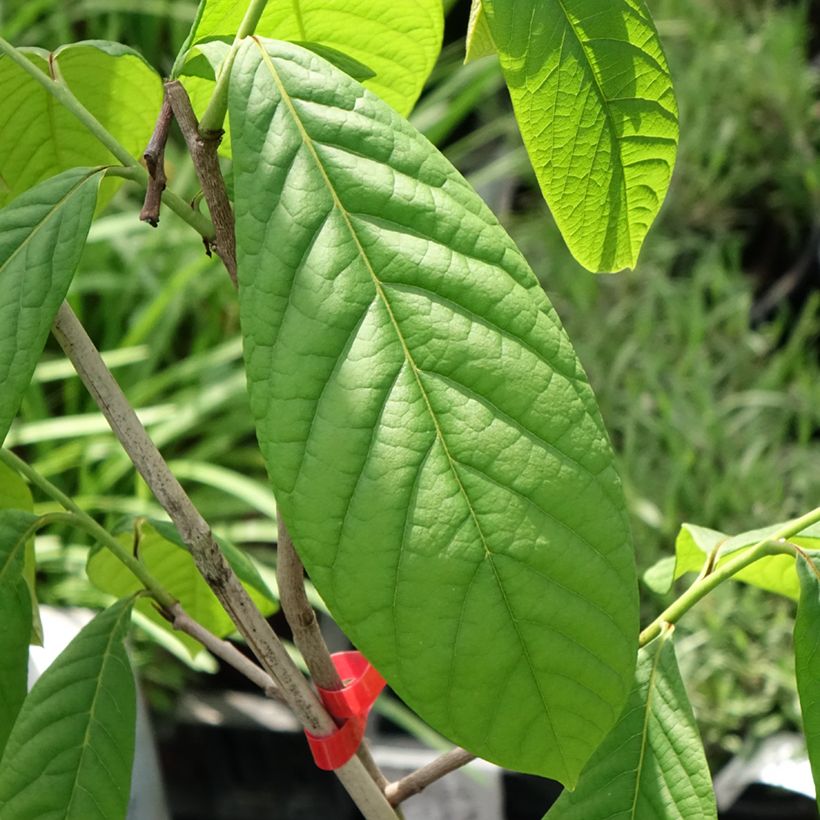

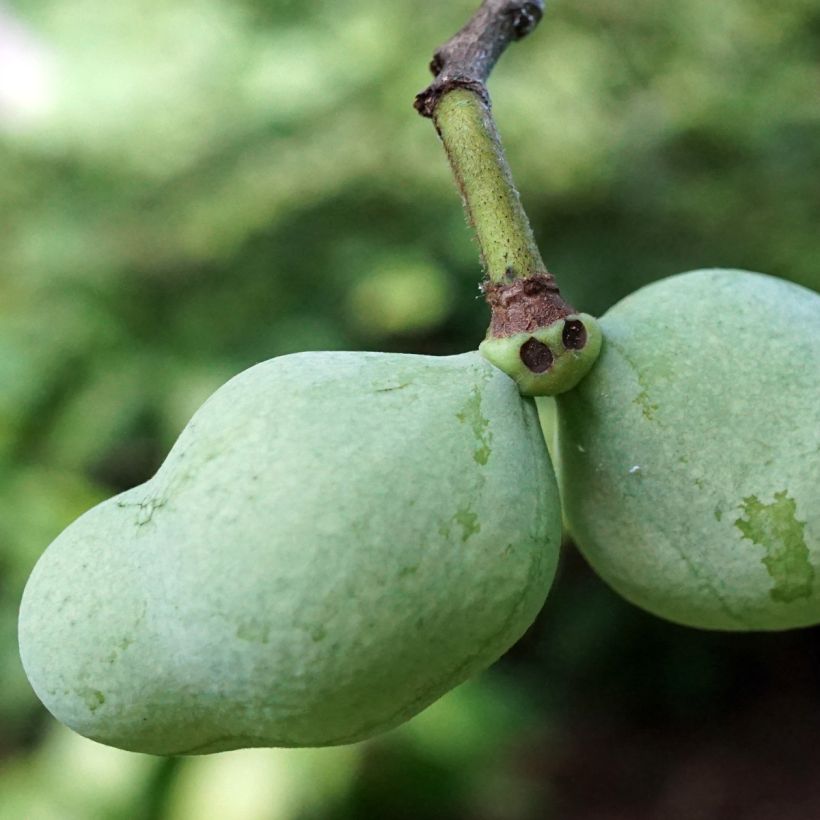

Plant habit
Fruit
Flowering
Foliage
Botanical data
Asimina
triloba
Overlese
Annonaceae
Pawpaw, Paw Paw, Paw-Paw, Common Pawpaw, Indiana Banana, American Custard Apple
Cultivar or hybrid
Other Asimina trees
View all →Planting and care
The cep takes its time to establish itself, so patience is required! It takes about ten years to obtain a vine-plant of approximately 2.50 meters (8 feet) in height, and at least 3 years before the first fruiting.
Faced with this slow growth, it is therefore necessary to ensure the best planting conditions.
This specific research area can withstand temperatures as low as -25°C (-13°F) and requires cold weather to be able to bloom, followed by warm weather in summer, but without excess. Indeed, it does not tolerate arid soils or drying winds, needing moisture in summer.
Provide it with a neutral to acidic soil that is well-drained (no stagnant water), and deep enough to allow for good development of the root system.
Light shading and mulching the soil with organic matter (leaves, compost, etc.) above the roots will help it through dry summer periods.
Preferably plant in autumn to benefit from rainfall, or in spring by regularly watering during summer. Choose young plants, as the taproot is not well-suited for long stays in a cultivation container. However, avoid plants that are too small (buckets), as they may have difficulty establishing in open ground in this case.
Dig a planting hole at least 60 cm (24in) deep and enrich it with compost and planting soil. Carefully position the root ball in the planting hole to avoid damaging the roots, then fill the hole with a mixture of native soil and planting soil, and water generously to compact the soil.
Planting period
Intended location
Care
Planting & care advice
-
, onOrder confirmed
Reply from on Promesse de fleurs
Similar products
Haven't found what you were looking for?
Hardiness is the lowest winter temperature a plant can endure without suffering serious damage or even dying. However, hardiness is affected by location (a sheltered area, such as a patio), protection (winter cover) and soil type (hardiness is improved by well-drained soil).

Photo Sharing Terms & Conditions
In order to encourage gardeners to interact and share their experiences, Promesse de fleurs offers various media enabling content to be uploaded onto its Site - in particular via the ‘Photo sharing’ module.
The User agrees to refrain from:
- Posting any content that is illegal, prejudicial, insulting, racist, inciteful to hatred, revisionist, contrary to public decency, that infringes on privacy or on the privacy rights of third parties, in particular the publicity rights of persons and goods, intellectual property rights, or the right to privacy.
- Submitting content on behalf of a third party;
- Impersonate the identity of a third party and/or publish any personal information about a third party;
In general, the User undertakes to refrain from any unethical behaviour.
All Content (in particular text, comments, files, images, photos, videos, creative works, etc.), which may be subject to property or intellectual property rights, image or other private rights, shall remain the property of the User, subject to the limited rights granted by the terms of the licence granted by Promesse de fleurs as stated below. Users are at liberty to publish or not to publish such Content on the Site, notably via the ‘Photo Sharing’ facility, and accept that this Content shall be made public and freely accessible, notably on the Internet.
Users further acknowledge, undertake to have ,and guarantee that they hold all necessary rights and permissions to publish such material on the Site, in particular with regard to the legislation in force pertaining to any privacy, property, intellectual property, image, or contractual rights, or rights of any other nature. By publishing such Content on the Site, Users acknowledge accepting full liability as publishers of the Content within the meaning of the law, and grant Promesse de fleurs, free of charge, an inclusive, worldwide licence for the said Content for the entire duration of its publication, including all reproduction, representation, up/downloading, displaying, performing, transmission, and storage rights.
Users also grant permission for their name to be linked to the Content and accept that this link may not always be made available.
By engaging in posting material, Users consent to their Content becoming automatically accessible on the Internet, in particular on other sites and/or blogs and/or web pages of the Promesse de fleurs site, including in particular social pages and the Promesse de fleurs catalogue.
Users may secure the removal of entrusted content free of charge by issuing a simple request via our contact form.
The flowering period indicated on our website applies to countries and regions located in USDA zone 8 (France, the United Kingdom, Ireland, the Netherlands, etc.)
It will vary according to where you live:
- In zones 9 to 10 (Italy, Spain, Greece, etc.), flowering will occur about 2 to 4 weeks earlier.
- In zones 6 to 7 (Germany, Poland, Slovenia, and lower mountainous regions), flowering will be delayed by 2 to 3 weeks.
- In zone 5 (Central Europe, Scandinavia), blooming will be delayed by 3 to 5 weeks.
In temperate climates, pruning of spring-flowering shrubs (forsythia, spireas, etc.) should be done just after flowering.
Pruning of summer-flowering shrubs (Indian Lilac, Perovskia, etc.) can be done in winter or spring.
In cold regions as well as with frost-sensitive plants, avoid pruning too early when severe frosts may still occur.
The planting period indicated on our website applies to countries and regions located in USDA zone 8 (France, United Kingdom, Ireland, Netherlands).
It will vary according to where you live:
- In Mediterranean zones (Marseille, Madrid, Milan, etc.), autumn and winter are the best planting periods.
- In continental zones (Strasbourg, Munich, Vienna, etc.), delay planting by 2 to 3 weeks in spring and bring it forward by 2 to 4 weeks in autumn.
- In mountainous regions (the Alps, Pyrenees, Carpathians, etc.), it is best to plant in late spring (May-June) or late summer (August-September).
The harvesting period indicated on our website applies to countries and regions in USDA zone 8 (France, England, Ireland, the Netherlands).
In colder areas (Scandinavia, Poland, Austria...) fruit and vegetable harvests are likely to be delayed by 3-4 weeks.
In warmer areas (Italy, Spain, Greece, etc.), harvesting will probably take place earlier, depending on weather conditions.
The sowing periods indicated on our website apply to countries and regions within USDA Zone 8 (France, UK, Ireland, Netherlands).
In colder areas (Scandinavia, Poland, Austria...), delay any outdoor sowing by 3-4 weeks, or sow under glass.
In warmer climes (Italy, Spain, Greece, etc.), bring outdoor sowing forward by a few weeks.






























